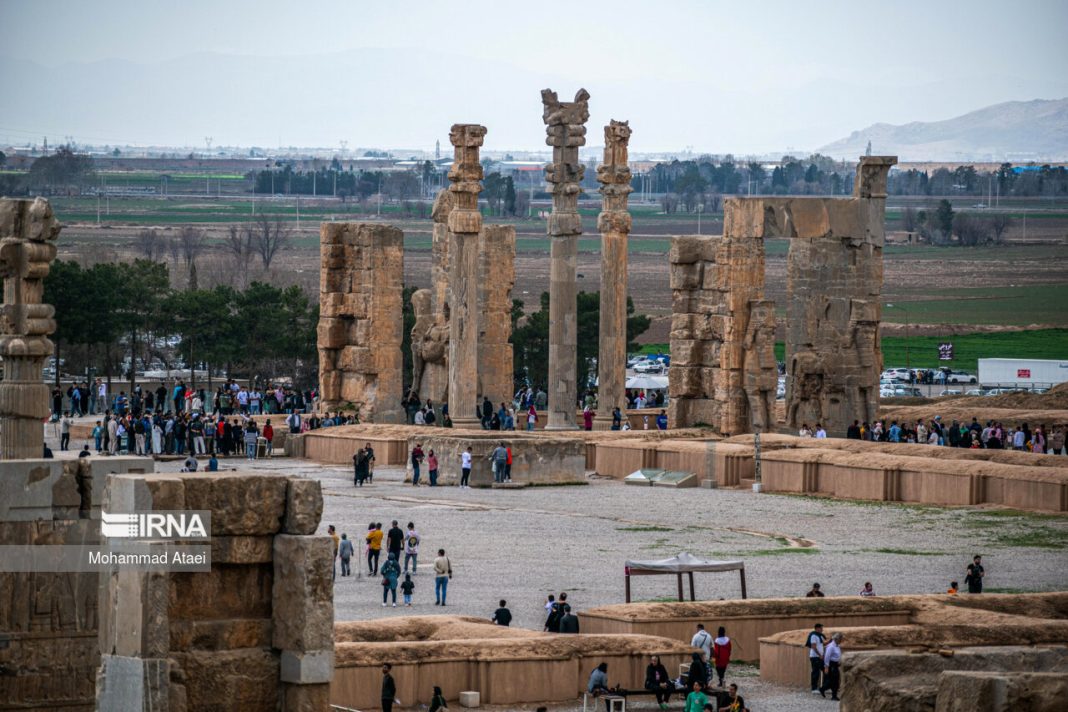The growth of lichen on the historical heritage was already a threat to the inscriptions and motifs of the monument, and in recent times chemical pollutants from a nearby petrochemical complex have had a direct impact on the growth of the colony of algae, expediting the destruction.
The alarm was raised in a conference titled “The role of the local community in the sustainable development of Persepolis” held on Thursday in Marvdasht county, where the UNESCO-designated site is located.
Archaeologists told the event that the ammonia gases and nitrogenous compounds emitted from the petrochemical complex had direct destructive effects, warning in case the complex is not shut down, it would have irreversible damage on the millennia-old site.
Experts attending the conference also warned that the valuable historical site has been facing several other destructive factors, including subsidence.
Persepolis or Takht-e Jamshid, as it is known in Persian, was the magnificent and ceremonial capital of the kingdom of Persia, today’s Iran, during the Achaemenid Empire (c. 550–330 BC).
The ancient city houses the ruins of a palace which was built during the reign of Darius the Great, Xerxes, and Ardeshir I, and was inhabited for about 200 years.
